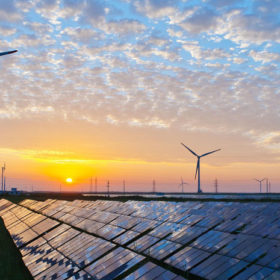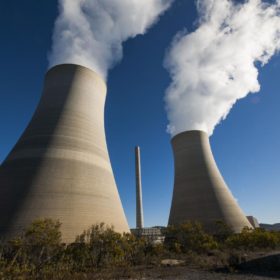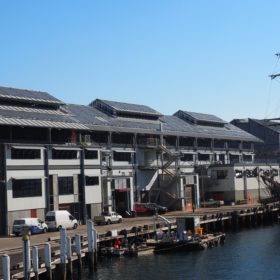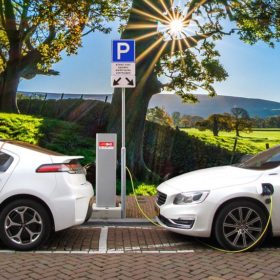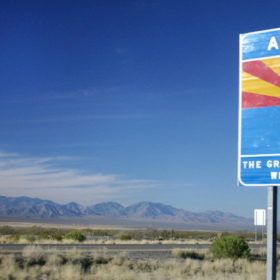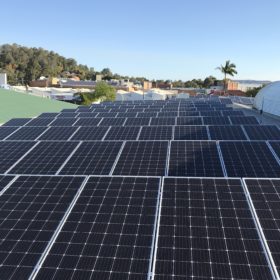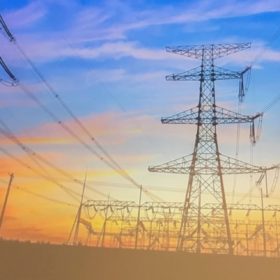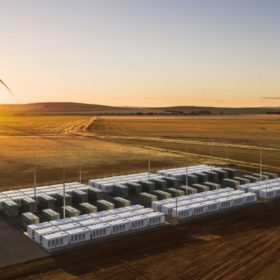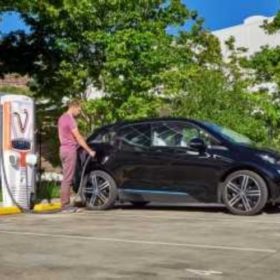With AEMO consultations and amendments complete — let ISP 2019-20 begin!
The conclusion of AEMO’s 2019 planning and forecasting consultation brings revised approaches to the 2019-20 Integrated System Plan: three new renewable energy zones reflect resource and generator interest; the forecasting of distributed energy resources has been reframed; and a fifth and critical planning scenario has emerged.
Australia’s SO2 pollution shows coal is by far the most costly generator of electricity
NASA satellite data illustrates that Australian governments are sanctioning pollution from coal-fired power stations that stains Australia with some of the world’s biggest hotspots for toxic emissions. The health burden, calculated in the tens of billions of dollars, should make the cost of coal unacceptable.
SunMan lightweight solar panels: a welcome sustainable solution for the Maritime Museum
In partnering with the National Maritime Museum in Sydney, SunMan has found an ideal showcase for the capabilities of its innovative eArche lightweight solar panels. A crush of CBD businesses cranes in to consider PV’s latest possibilities.
Potential $92 billion boost to Aussie economy from EV and personalised transport uptake
A study by LEK Consulting puts the future economic value of “new mobility” options such as electric vehicles and autonomous taxis in the tens of billions of dollars. The benefits go beyond decarbonisation into social and healthcare realms — compelling reasons to accelerate change.
New US study finds renewable energy storage costs need to drop 90%
Researchers in the US have published a study that brings 20 years of renewable energy (solar PV and/or wind plus storage) generation into line with historical energy-demand profiles, to ascertain at what storage cost point renewables can cost-effectively consistently meet 100% demand.
Australia’s state of virtual power play
With around 16 battery-based virtual-power-plant projects either in progress or planned across six states, Australia is demonstrating the potential of distributed energy resources to the world. An Australian Clean Energy Summit panel last week caught up on progress and potholes on the road to energy’s new two-way street.
CleanPeak expands its solar shopping-centre portfolio with acquisition of ReNu
On Friday, ReNu Energy signed an agreement for the sale of its solar assets, including Shopping Centres Australasia arrays, to commercial-rooftop-solar startup CleanPeak Energy.
Clean Energy Summit tackles transmission for transition at the heart of the NEM
Matthew Kean, NSW Government Minister for Energy and Environment opened the Clean Energy Summit 2019 this week promising to unleash private investment on the state’s transmission infrastructure, but will the mechanism, the momentum and the maths add up to the coal-retirement timeline?
Solar sabres are drawn as Victoria & NSW fight for most-new-renewables title
The Australia Institute’s ‘National Energy Emissions Audit Electricity Update’ for July shows solar and wind generation is growing fastest in New South Wales, closely followed by Victoria; and it offers an historical twist on the country’s energy transition.
Tritium chargers will let UK EV drivers “fill up” faster to go further …
The UK is leaping ahead in its deployment of electric-vehicle charge infrastructure. Box Energi has chosen Australia’s Tritium Veefil-RT technology to double refill sites around the UK, boosting not only charge accessibility and driving range, but confidence in emissions-free commuting and touring.

